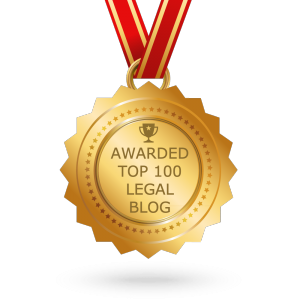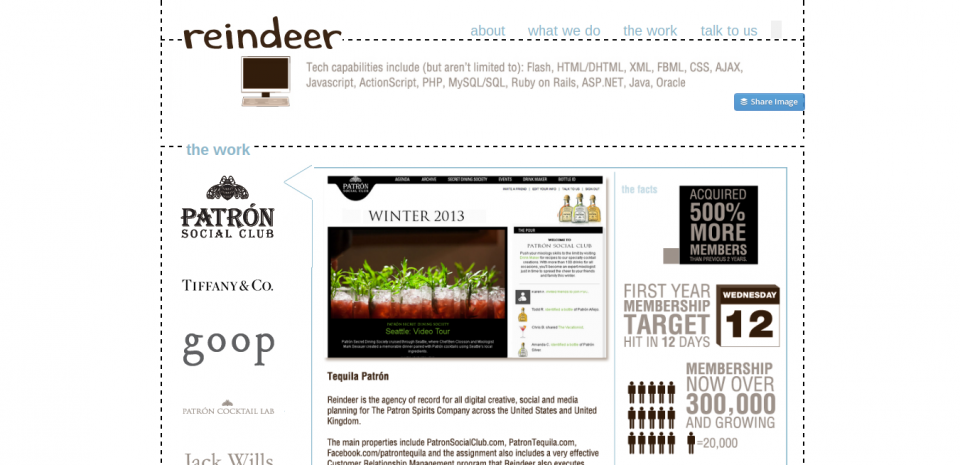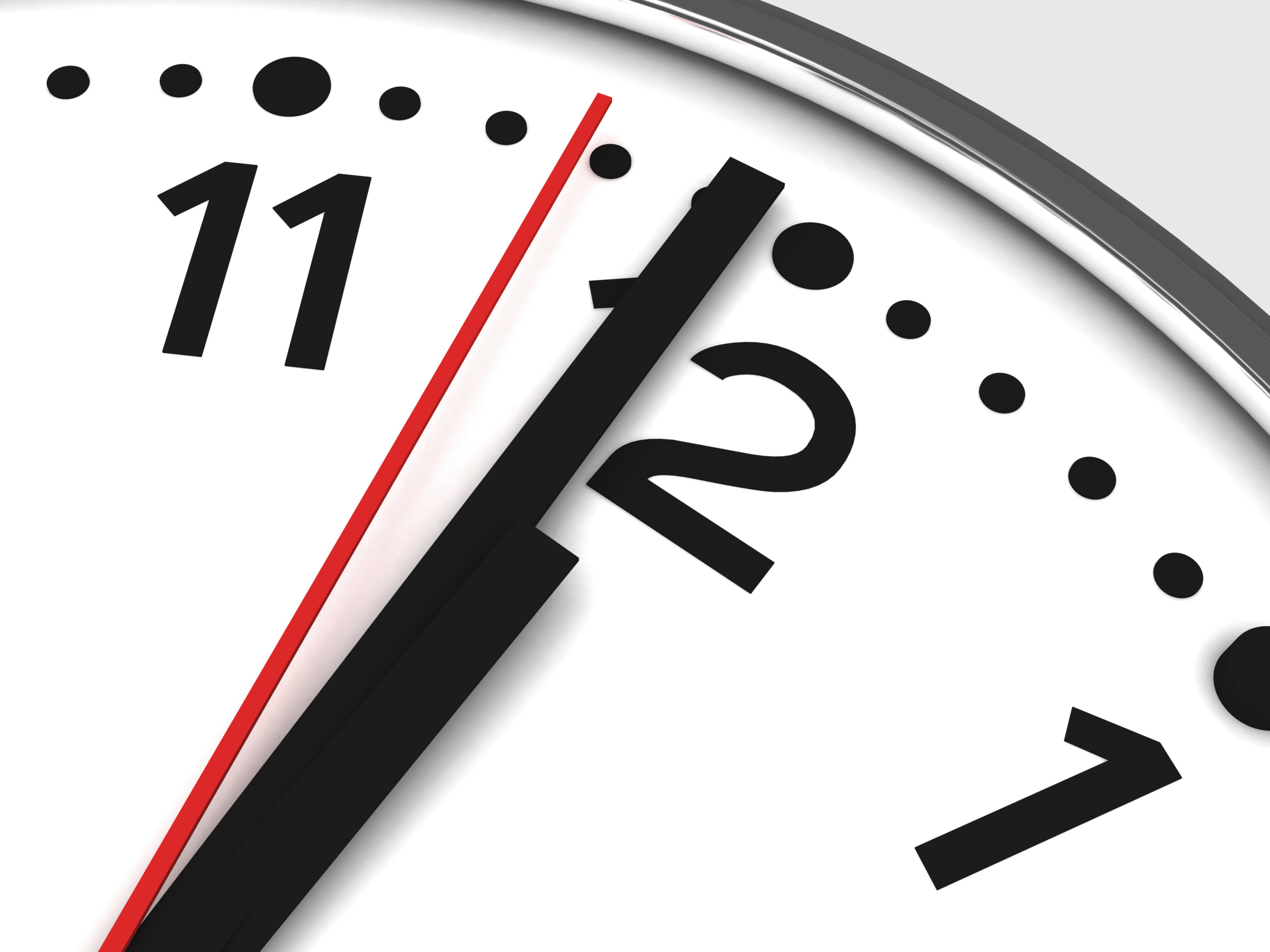Supreme Court May Cut Back Laches in Patent Infringement Cases
Published: November 23, 2016
The United States Supreme Court is considering whether the doctrine of laches will bar a patent infringement claim filed within the Patent Act’s six-year damage limitations period set forth in 35 U.S.C. §286. The case before the Court is SCA Hygiene Products AB v. First Quality Baby Products LLC, 767 F.3d 1339 (Fed. Cir. 2014).
SCA owned a patent for adult incontinence products. In 2003, SCA sent First Quality, a competitor, a cease and desist letter, accusing First Quality of infringement. First Quality responded that it did not infringe SCA’s patent because the patent was invalid. In 2004, SCA filed an ex parte reexamination of its patent. The patent was confirmed in 2007. SCA did not inform First Quality of the reexamination. During this time, First Quality invested heavily in expanding its business. In 2010, almost seven years after first notifying First Quality of its infringement, SCA filed an infringement suit against First Quality. First Quality moved for summary judgment of non-infringement on the grounds that laches barred the claim. The district court granted First Quality’s motion.
The defense of laches requires the defendant to prove an unreasonable and inexcusable delay by the plaintiff in filing suit and prejudice to the defendant. In determining whether laches is a defense, a court must balance the equitable factors, including the length of the delay, the severity of the prejudice, the plaintiff’s excuses for the delay, and the defendant’s culpability. A delay of more than six years establishes a presumption that the delay is unreasonable and inexcusable and caused prejudice to the defendant. The burden the shifts to the plaintiff patent owner to produce evidence that the delay was excusable or not unreasonable, or that the defendant was not prejudiced. If the plaintiff satisfies this burden, then the defendant must prove the elements of laches.
On appeal to the Federal Circuit, SCA argued that laches should not apply to a claim brought within the six-year limitations period for damages, and that the time that its patent was under reexamination (three years) should not count, meaning that its suit was filed only four years after SCA learned of First Quality’s infringement.
The Federal Circuit rejected SCA’s argument and affirmed the district court’s decision granting summary judgment for First Quality. The court held that the presumption of laches was established because SCA’s delay exceeded six years. The court further held that SCA had not met its burden to produce evidence of excusable or reasonable delay, or lack of prejudice to First Quality. The court explained that it was not reasonable for SCA to delay almost three years after the reexamination concluded to file suit against First Quality – SCA should have sued First Quality earlier. With respect to prejudice to First Quality, the court held that First Quality had suffered prejudice as a result of SCA’s delay because it had invested in expanding its product line during that period of time.
SCA’s petition for certiorari to the Supreme Court was granted on May 2, 2016. SCA relied on a 2014 Supreme Court case (Petrella v. Metro-Goldwyn-Mayer, 134 S. Ct. 1962 (2014)) that held that laches does not apply to copyright infringement cases brought within the three-year damage limitations period of the Copyright Act. SCA argued that the rationale of Petrella should apply to patent infringement cases – laches should not apply during the six-year damage limitations period set forth in §286 of the Patent Act. First Quality argued that the reasoning of Petrella should not apply. First Quality contended that §286 is not a statute of limitations (which requires a plaintiff to file suit within a specific period of time after learning of its claim), but a merely a backwards limit on the recovery of damages.
On November 1, 2016, the Supreme Court held oral argument. The justices were sympathetic to SCA’s position, asking First Quality why laches should remain a defense when the patent statutes do not specifically provide for the defense. Based on the oral argument, those following the case predict that the Court will reverse the Federal Circuit’s decision and hold that laches does not apply to patent infringement suits brought within the six-year damage limitations period.






